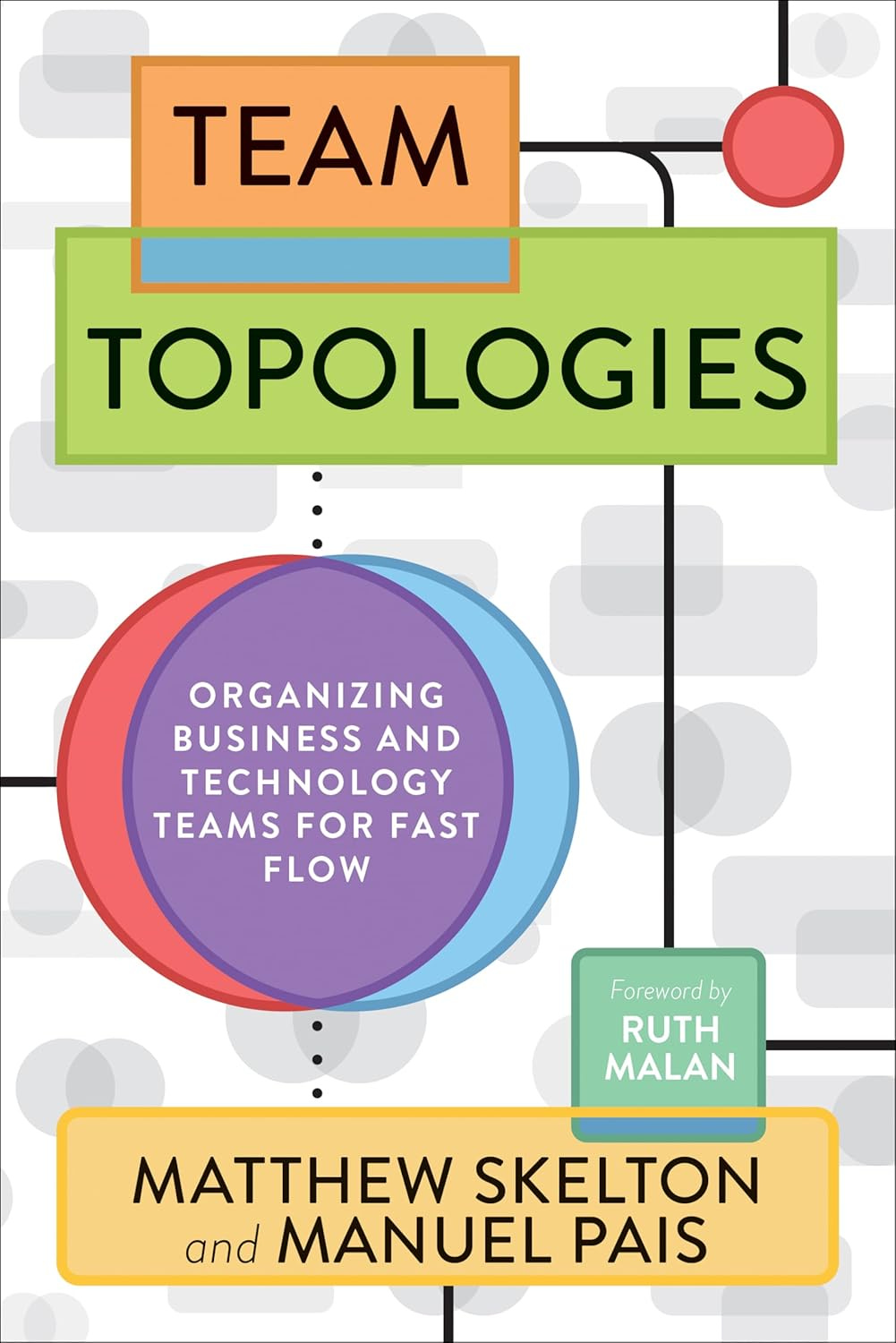Four Book Recommendations
I have been writing this newsletter since September last year, but I’ve never shared books I like, which heavily inspire articles here.
So I wanted to use this week’s article to make up for this. Here are four books I think you should read:
Team Topologies: Organizing Business and Technology Teams for Fast Flow
This book applies agile principles to organizational design. It introduces four different team types and interaction modes, which includes stream-aligned teams and platform teams.
Read this book if you are interested in organizational aspects influencing software architecture or if you are currently in a role where you drive organizational change.
Accelerate: The Science of Lean Software and DevOps: Building and Scaling High Performing Technology Organizations
Written by members of the DevOps Research and Assessment (DORA) team, this book includes powerful insights into the delivery performance of software development teams. They not only write about hypothetical scenarios but present a wide array of empirical data to support their arguments. One of the most prominent concepts from the book are the four key metrics: Deployment Frequency, Lead Time for Changes, Change Failure Rate, Time to Restore Service
Read this book if you are in senior technical roles and want to advance your organization’s value delivery.
Building Evolutionary Architectures: Automated Software Governance
This book not only introduces the powerful idea of architectural fitness functions but also discusses useful patterns and strategy to build systems which can evolve long-term in changing contexts.
Designing Data-Intensive Applications: The Big Ideas Behind Reliable, Scalable, and Maintainable Systems
This book is one of the most-read books for building highly scalable, distributed information systems. Topics include distributed database clusters, data streaming and message-oriented communication.
Read this book if you are in any way involved in building distributed systems, especially with high reliability or performance requirements.





